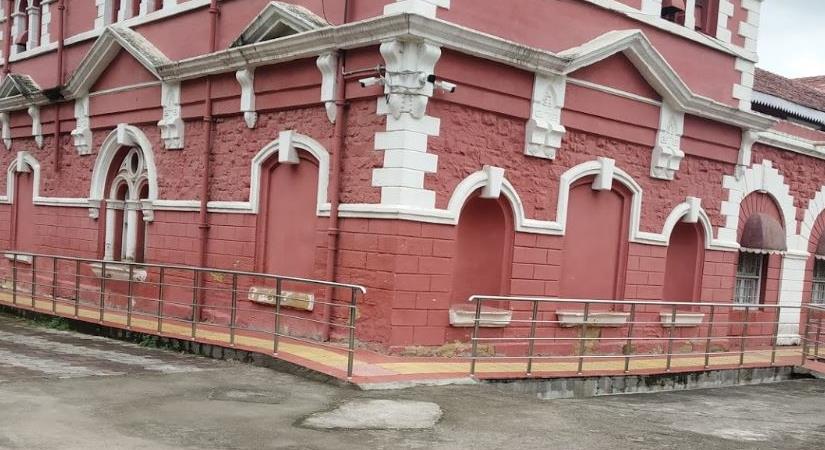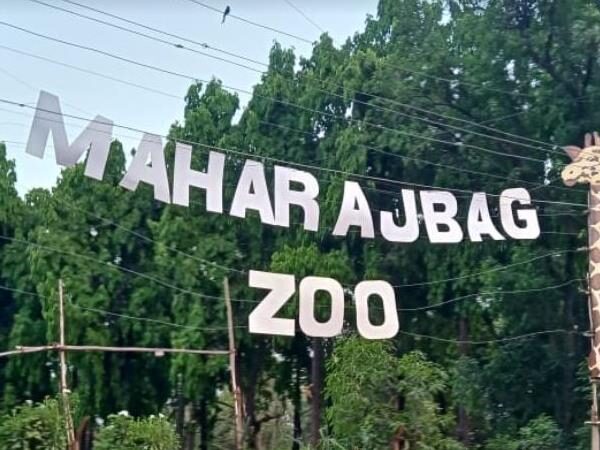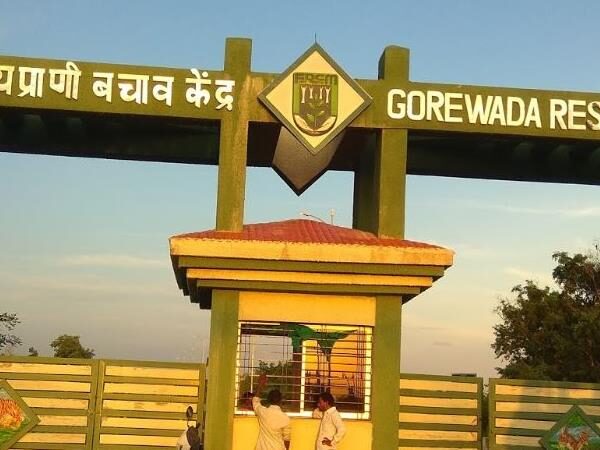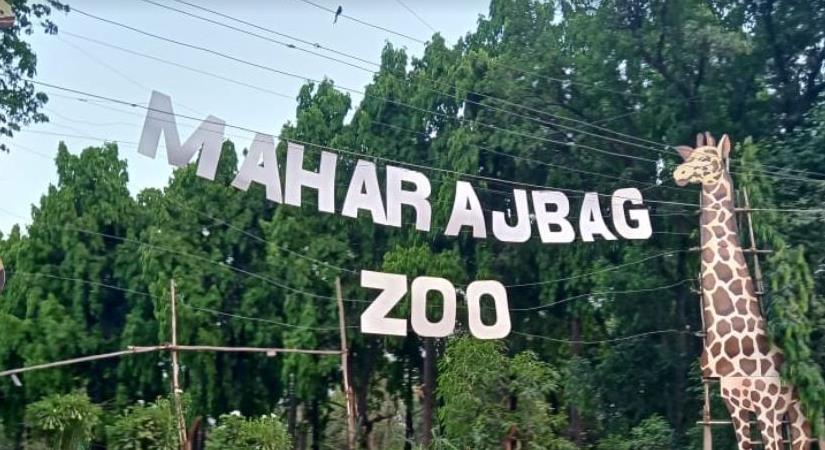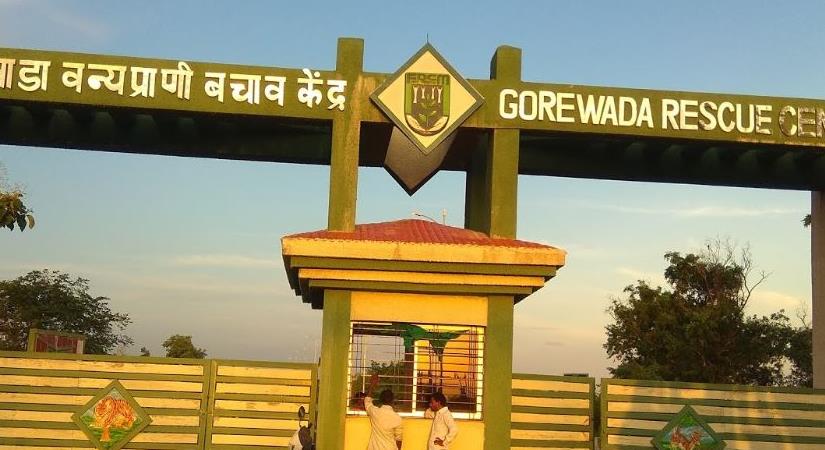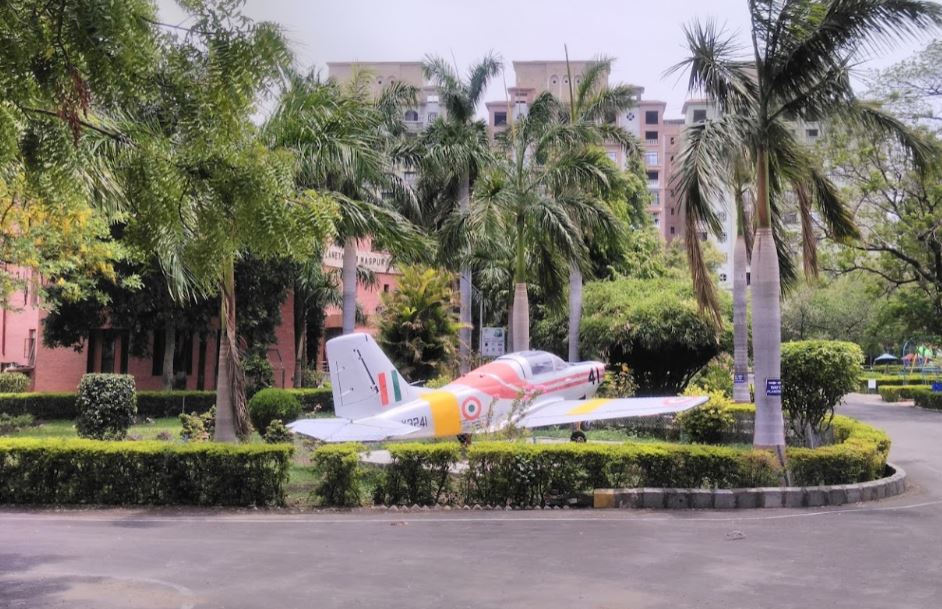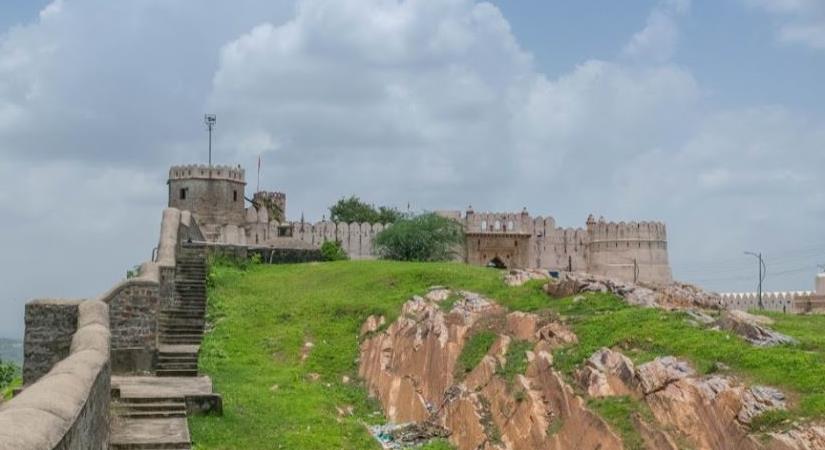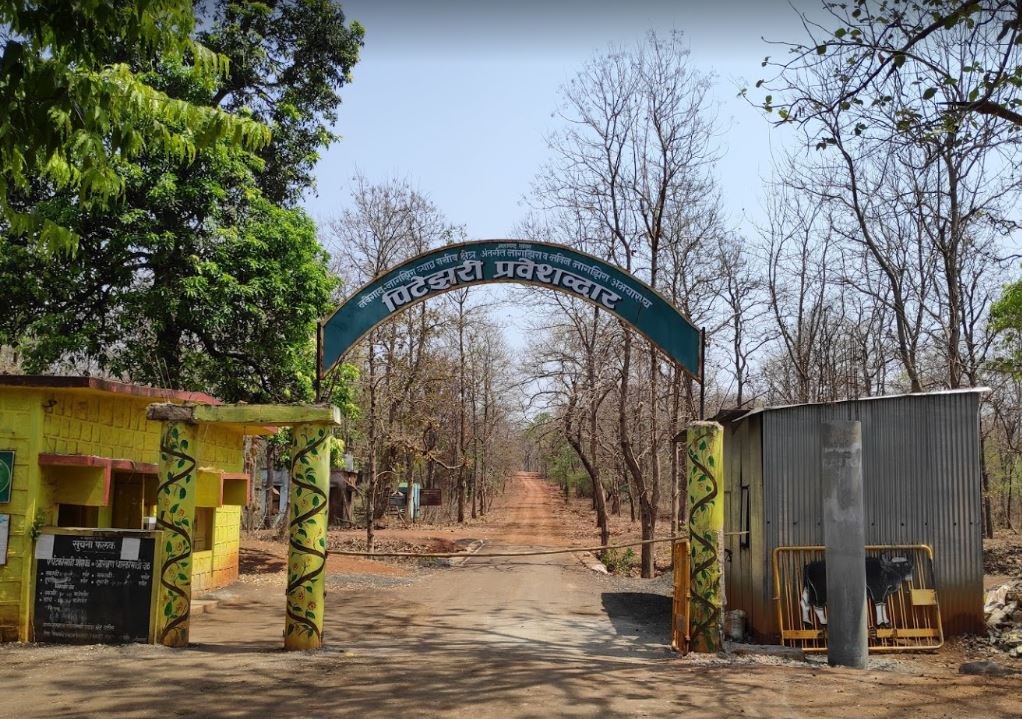Sitabuldi Fort, a major tourist attraction in Nagpur, is situated on two hillocks: “Badi Tekri”, literally meaning “big hill”, and “Choti Tekri”, meaning “small hill” in Hindi. The Sitabuldi hills, though then barren and rocky, were not entirely unoccupied. Tradition holds that Sitabuldi got its name from two Yaduvanshi brothers – Shitlaprasad and Badriprasad Gawali, who ruled the area in the 17th century. The place came to be known as “Shitlabadri”, which during British rule became “Seetabuldee”, and later assumed its current form, “Sitabardi” or “Sitabuldi”. The Battle of Sitabuldi was fought in November 1817 on these hillocks between the forces of Appa Saheb Bhonsle of Nagpur and the British.
After the death of Shivaji on 3 April 1680, the Marathas continued the battle with Mughals (Aurangzeb), Sambhaji, Rajaram and then the Shahu (son of Sambhaji). the Maratha Empire was under the governance of the Peshwas of Pune under the Flagship of Chatrapati ShahuSatara, who had appointed the Gaekwads of Baroda, the Holkars of Indore, the Scindias of Gwalior, while the Bhonsles of Nagpur were Independent Sansthan. The Maratha confederacy, as the five families were known, was still a formidable force.
During the 18th and 19th centuries, the Marathas tried to overcome the gradual supremacy of the East India Company, while the British prepared to suppress the Marathas. At the beginning of the 19th century, during the Second Anglo-Maratha War, the victorious British annexed territories of the Marathas.
Mudhoji II Bhonsle, also known as Appa Sahib, ascended the throne of Nagpur in 1816. On 23 November 1817, he told the British resident that he intended to receive a Khilat sent to him by the Peshwa which would make him Senapati of the Marathas. The British Resident, Jenkins, “did not like this idea and the growing contact between Mudhoji and Baji Rao,” but Appa Saheb ignored him and proceeded with the ceremony.
On 24 November 1817, Appa Sahib publicly received the Khilat and accepted the commission appointing him Senapati of the Maratha armies. He then mounted his elephant and addressed his principal Sardars. Surrounded by his troops, he proceeded to the camp at Sukhardara. The royal standard was displayed, the army was drawn up, salutes fired from artillery stations, and nothing was omitted which could add to the pomp of the ceremony.
On the morning of 25 November 1817, communication between the residency and the city was prohibited. The resident Harakars were refused permission to carry a letter to the darbar and the markets were closed to English troops. The resident decided to delay taking any decisive measures. Towards noon of 25 November, a group of 2,000 Bhosla cavalry left their camp at Bokur, five miles north-east of the city, and approached the residency. The alarm had now spread to the market frequented by the people of the residency, which soon became almost deserted. All classes, both rich and poor, removed their families and property from the vicinity of Sitabuldi.
The resident now knew that an attack on the residency was imminent. He sent orders to Lieutenant Colonel Scott at about 2:00 pm to march immediately from his cantonment at Telankheri. The force arrived near the residency and occupied the twin hills of Sitabuldi. This movement was executed only just in time, as a large group of Arabs, hired as mercenaries by the Maratha army, were awaiting final orders to secure this position. A message was also sent to General Doveton to come immediately with the Second Division of the Army from Berar.
